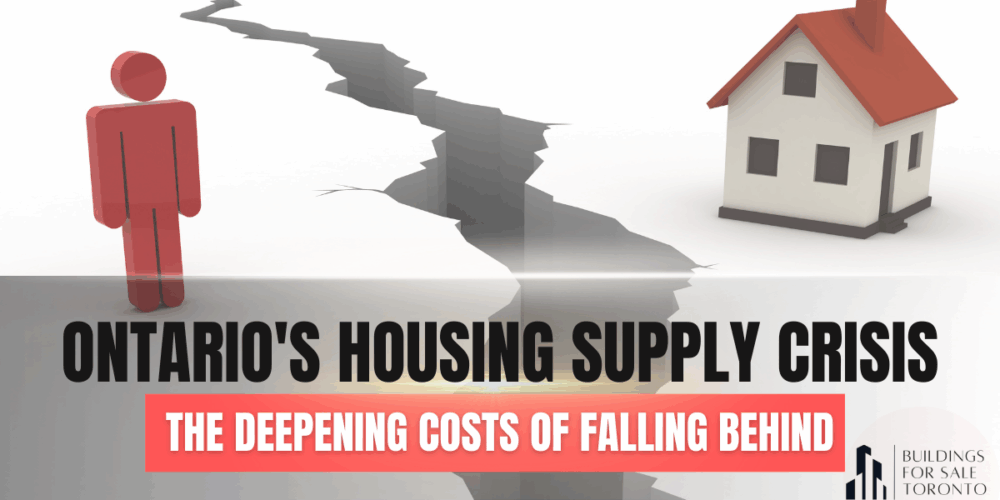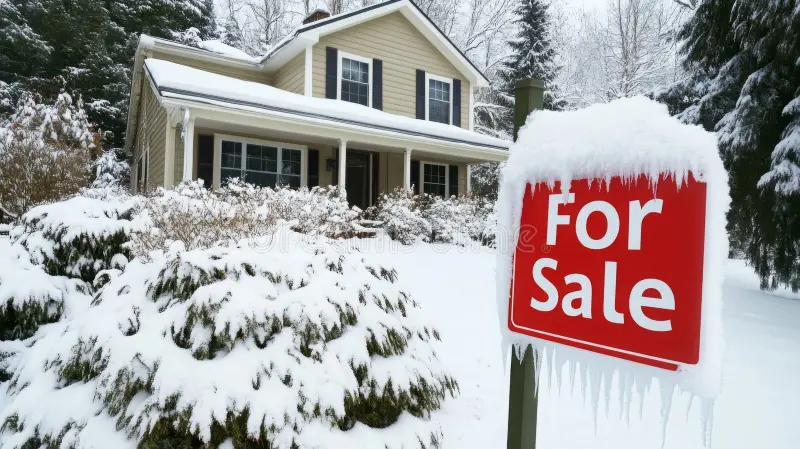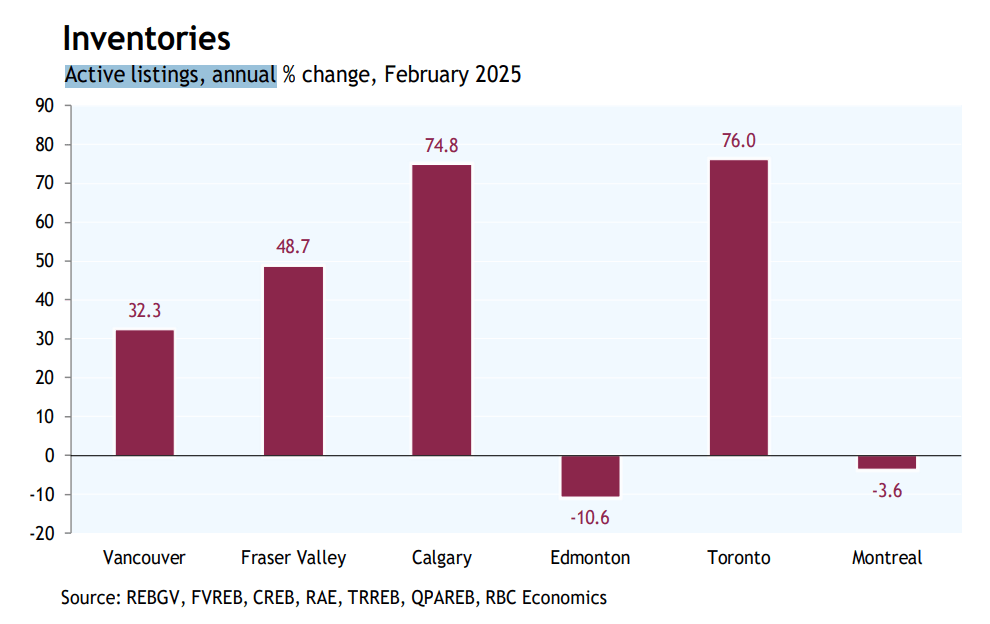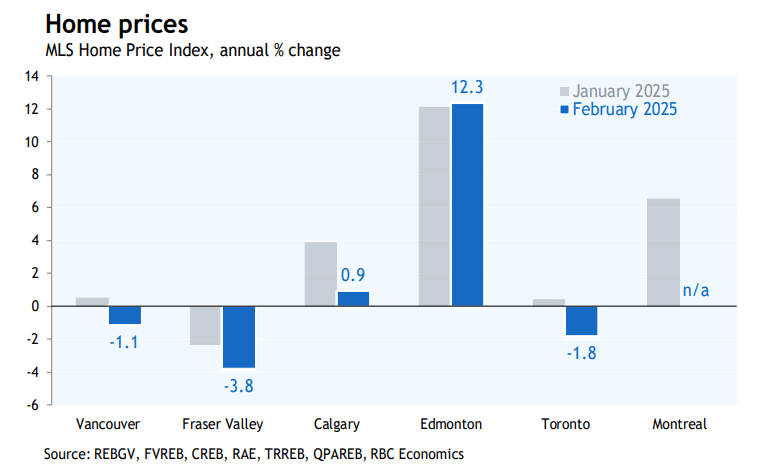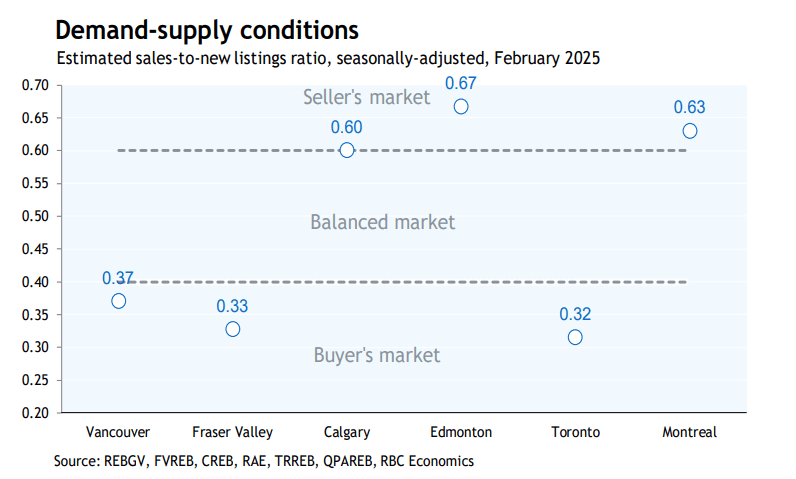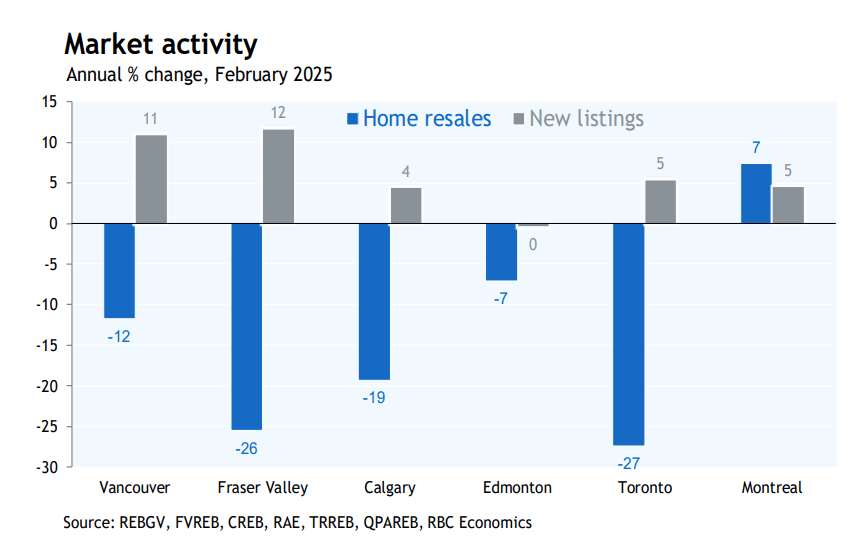Ontario’s Housing Supply Crisis: The Deepening Costs of Falling Behind
Executive Summary
Ontario’s ambitious plan to build 1.5 million new homes by 2031 is facing a severe crisis. Recent data from the first half of 2025 reveals a dramatic slowdown in construction, with housing starts plummeting to their lowest level in decades . This downturn threatens to widen the province’s already significant housing supply gap, exacerbating affordability issues and imposing severe economic costs. This article provides a formal analysis of the current situation, its root causes, and the potential consequences if urgent policy interventions are not implemented.
Current Situation: A Province Falling Behind
The latest reports present a troubling picture for Ontario’s housing supply goals. A comprehensive analysis from the University of Ottawa’s Missing Middle Initiative, conducted for the Residential Construction Council of Ontario (RESCON), evaluated 34 municipalities in the Greater Golden Horseshoe region. The findings are alarming: 22 municipalities received a failing grade for their performance on housing starts and sales. Only Brantford and Milton earned top marks, highlighting the widespread nature of the problem .
The scale of the decline is stark. In the first half of 2025, housing starts across the region dropped by an average of 40% compared to the same period over the previous four years . The City of Toronto, the province’s largest market, is in an even more precarious position, with starts down 58% and sales plummeting by 91% . This slump follows a national trend, with Canadian housing starts falling 16% in August to 245,791 units annually, but Ontario’s decline is notably more severe .
Table: Key Housing Market Indicators for Ontario (H1 2025)
| Indicator | Trend | Impact |
|---|---|---|
| Regional Housing Starts | ▼ 40% decrease (avg.) | Worst performance in over a decade |
| Toronto Housing Starts | ▼ 58% decrease | Severe supply constraint for largest market |
| Pre-construction Condo Sales | ▼ 89% decrease | Indicator of future deep slump in starts |
| Purpose-Built Rental Starts | ▲ 8% increase | Only segment showing growth |
Root Causes of the Slowdown
Several interconnected factors are driving this sharp contraction in new home construction.
1. Economic and Financial Pressures
High construction costs for materials and labour continue to pressure developers’ margins, making many projects financially unviable at current market prices . Concurrently, higher interest rates have increased the cost of development financing and dampened buyer demand, as evidenced by the near-collapse of pre-construction sales—a critical source of upfront capital for developers .
2. Regulatory and Municipal Hurdles
The gap between policy goals and on-the-ground reality is significant. While regulatory delays are often cited, recent data reveals a paradox: residential building permits reached a record high nationally, even as housing starts fell 16% . This suggests that while obtaining permits is one hurdle, the larger barrier is economic feasibility. High municipal development charges and taxes add substantial upfront costs, leading RESCON president Richard Lyall to call for governments to “lower the tax burden and modernize the process” .
3. Market Sentiment and Labour Shortages
Weakened buyer confidence and affordability challenges have resulted in a sharp pullback in pre-construction sales. This lack of pre-sales makes it difficult for builders to secure construction loans, causing them to shelve projects . Furthermore, persistent shortages in skilled construction trades contribute to rising labour costs and project delays, compounding the economic pressures .
The Hidden Costs of Inaction
The failure to build adequate housing carries significant and far-reaching consequences that extend beyond mere statistics.
- Deepening Affordability Crisis: When housing supply fails to keep pace with population growth, the result is intensified pressure on prices and rents. This pushes homeownership out of reach for more residents and increases the housing cost burden for renters, reducing disposable income and impacting quality of life .
- Economic Growth Constraints: The construction slowdown has direct economic repercussions. The downturn has already led to an estimated loss of 24,000 person-years of employment across the region, with over 10,000 jobs lost in Toronto alone . Furthermore, high housing costs can deter business investment and make it challenging for employers to attract and retain talent.
- Increased Housing Instability: A chronic supply shortage exacerbates homelessness and housing insecurity. As the gap between housing need and availability grows, more households are forced into overcrowded or substandard living conditions, or face the risk of homelessness .
Pathways Forward: Potential Solutions
Addressing this crisis requires concerted effort from all levels of government. Industry leaders emphasize the need for urgent intervention. Mike Moffatt, an economist and founder of the Missing Middle Initiative, states, “All three orders of government must act to address the housing crisis” .
Potential policy levers include:
- Streamlining Approval Processes: While permits are being issued, reducing red tape and creating more certainty in the development process can help lower carrying costs and risks for builders.
- Reforming Development Charges: Investigating ways to structure municipal fees to reduce upfront costs without compromising necessary infrastructure funding could improve project viability.
- Financial Support and Risk-Sharing: Exploring public-private partnerships or government incentives aimed at purpose-built rental construction—the one segment showing growth—could be a model for broader application.
- Investing in Labour Supply: Expanding training and apprenticeship programs for the skilled trades is essential to address labour shortages and contain wage inflation in the long term.
Outlook and Conclusion
The current data indicates that Ontario is trending in the wrong direction to meet its 1.5-million-home target. The precipitous drop in pre-construction sales suggests that further declines in housing starts are imminent . As Richard Lyall warns, “The outlook is bleak… Our economy will be in dire straits if we do not act quickly” .
While the situation is severe, it is not irreversible. Purpose-built rental construction has shown resilience, responding to government support and demonstrating that targeted policy can make a difference. A sustained recovery, however, will require a comprehensive strategy that addresses the fundamental economic and regulatory barriers stifling new construction.
Ontario’s housing supply crisis is more than a policy failure; it is a threat to the province’s economic competitiveness and social well-being. Turning the tide will require bold, coordinated, and immediate action to create the conditions where building the homes Ontarians desperately need is once again possible.
This analysis is based on recent data from the Residential Construction Council of Ontario (RESCON), Canada Mortgage and Housing Corporation (CMHC), and other industry reports.

